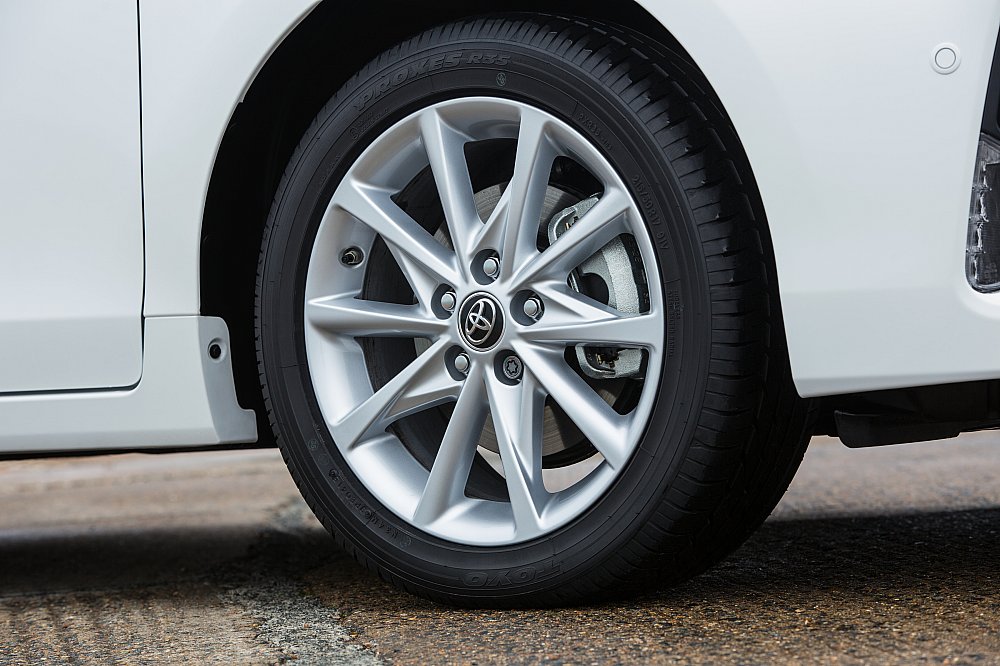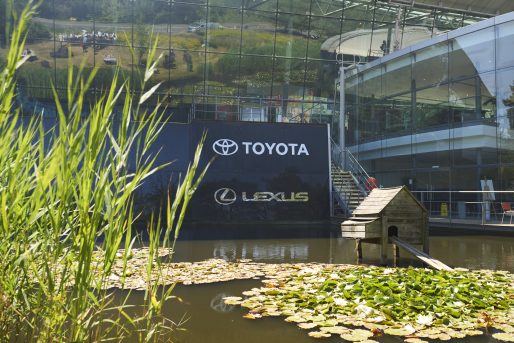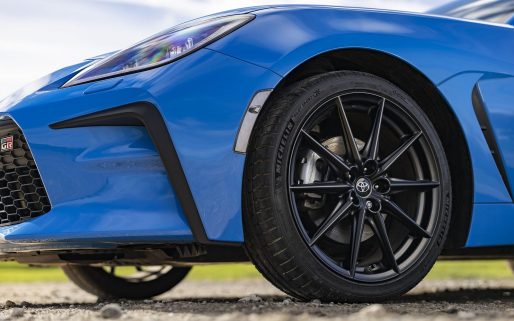The palm of your hand. That’s the area the average tyre has in contact with the road – known as the contact patch – when a car is travelling. Four hand palms doesn’t seem like an awful lot of contact, but it’s vitally important to allow a car to grip the road and react to driver inputs when it comes to steering, acceleration and braking. Which is why tyre safety is so important – and why you should look after them.
Tyre pressure
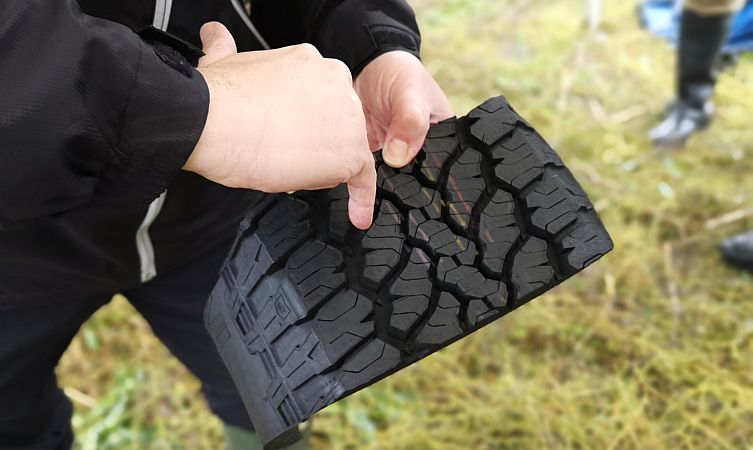
Checking the pressures of your tyres regularly is a simple and effective way to help look after them. If tyres are underinflated, they can overheat; if they’re overinflated, a car’s handling can be adversely affected.
The wrong pressure can also mean tyres wear more and unevenly, needing to be replaced more often, while more fuel will be used up. Both of these add up to extra costs for owners, while CO2 emissions can also increase, leading to more environmental impact.
So check your tyre pressures every week, or ahead of a long trip when your car might be loaded down with people, luggage or both. Your car might have a tyre pressure monitoring system which tells you the pressure of each tyre on the dashboard display, but it’s still worth physically checking them, as a back-up.
To find your car’s correct tyre pressures, look in your handbook. They’re also on a sticker that should be located in one of the frames of the front doors, or in the fuel filler flap. We’ve provided some additional guidance on Toyota tyre pressures here.
Tread

The correct tyre tread is legally mandated in the UK, with a tread depth of 1.6mm – measured across the central three-quarters of the tyre’s width and around its full circumference – required by law. Not adhering to the law could cost you three penalty points on your licence and a £2500 fine. That’s for each faulty tyre, so having four faulty tyres could lose you your licence in one fell swoop and cost you £10,000.
To check that you’re within the law, you can just use a 20p coin. Place it inside the main tread groove of the tyre and, if you can’t see the outer band of the coin, there’s enough tread. Do this at three different places to make sure that the tyre’s tread is even all the way around.
Read more about tread and worn tyres by clicking here.
Tyre damage
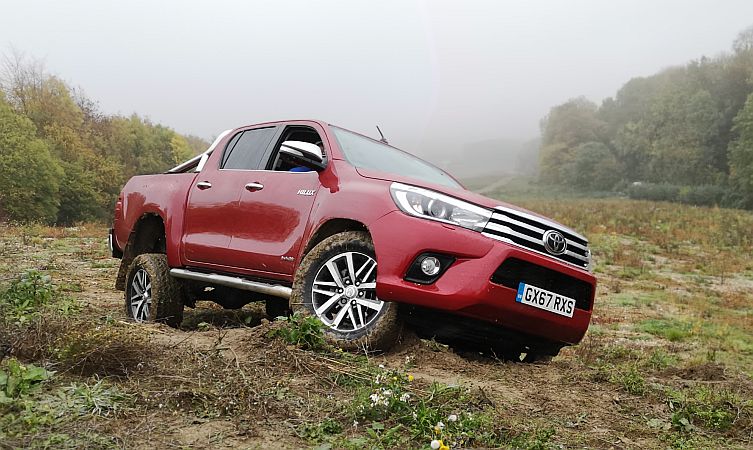
Tyres can become damaged in any number of ways: rubbing or pinching when parking at a kerb and driving over a pothole are two obvious ones. Sidewalls can become cracked, while bulges or blisters can hint at serious damage that could potentially lead to a blowout. Regular checks can help spot these and avoid problems.
Changing your tyres
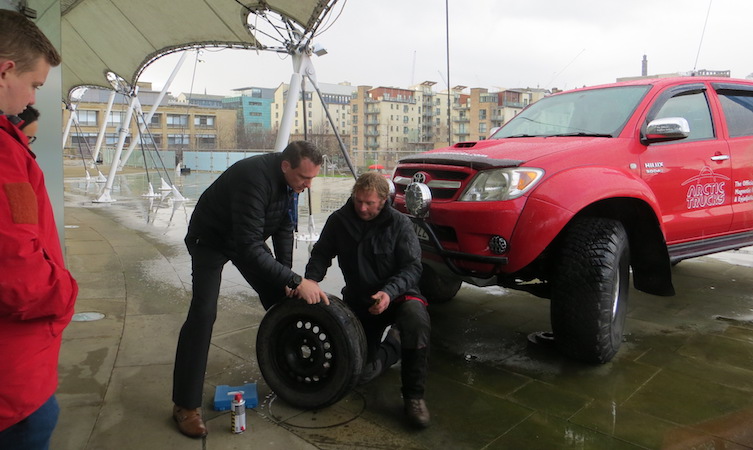
The law says that you must change tyres before the tread gets to 1.6mm. Many motoring organisations, however, err on the generous side of caution and suggest that you make the switch at 3mm. That’s all well and good as a way to promote safety, but it could be a policy that results in a lot of decent rubber being thrown into landfill unnecessarily – and will cost owners a lot of money in buying new tyres when they don’t need to.
A study by one tyre manufacturer has found that a good-quality tyre will continue to be effective down to 1.6mm, while cheaper tyres that have a lot more tread than is legally required are often not as safe.
If you do have to change tyres, try to buy them in pairs, or as a complete set of four. It’s not necessary to stick with the brand of tyre recommended by the manufacturer, but the two front tyres or two rear tyres should match (same brand, tread pattern, dimensions and ratings), enabling you to drive around, safe in the knowledge that they perform identically.
Ask your Toyota dealer
Your local Toyota dealer can help you with any questions you might have relating to your tyres. Click here to read more and to locate your nearest dealer.
By Craig Thomas
Read more: How to use a tyre repair kit
Read more: How to change a tyre
Read more: Should you fit winter tyres in cold weather?
